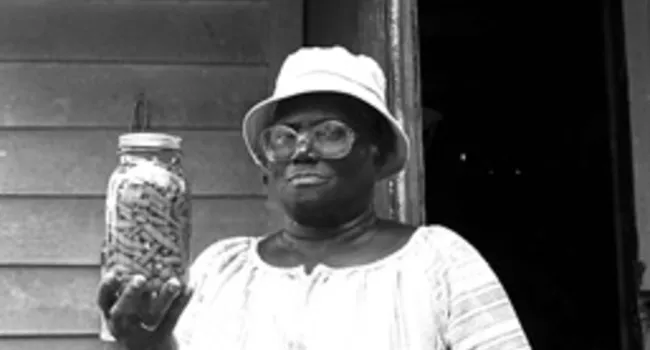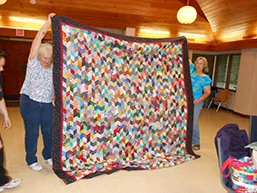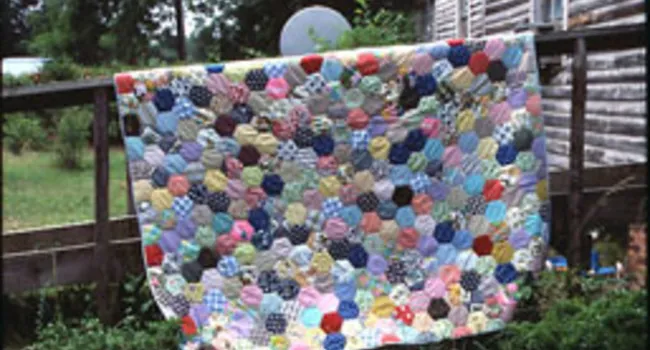
Audio
She and her husband decided to cure two hogs with different methods to see which one was better
People have always depended on furs, fibers, and fabrics for protection and warmth, but these materials also served as a way to enrich their environment. Until the rail lines opened up routes to the South Carolina backcountry in the middle of the nineteenth century, residents had little access to imported goods. In the mountains and foothills, Scots-Irish immigrants brought a strong tradition of flax harvesting and linen production. In other parts of the rural south, plantations provided another source of homespun textiles. Textiles, especially quilts, can serve several functions. Quilts carry powerful emotional significance and many were made to show off fine fabrics and fancy needlework; others were composed of scraps and remnants. Whether using imported fabrics, domestically produced fibers, or material scraps from the family farm, quilts are intimately connected to the maker’s social and economic environment.
Content is provided by McKissick Museum, University of South Carolina.
For further information about any of the artists featured on Digital Traditions, send your questions and comments to hallagan@mailbox.sc.edu.

Audio
She and her husband decided to cure two hogs with different methods to see which one was better
Audio
Mazie Young worked in the Greenwood mill for a year, and shares her experiences in this interview segment.
Audio
Mazie Young briefly talks about her experiences working on a farm.